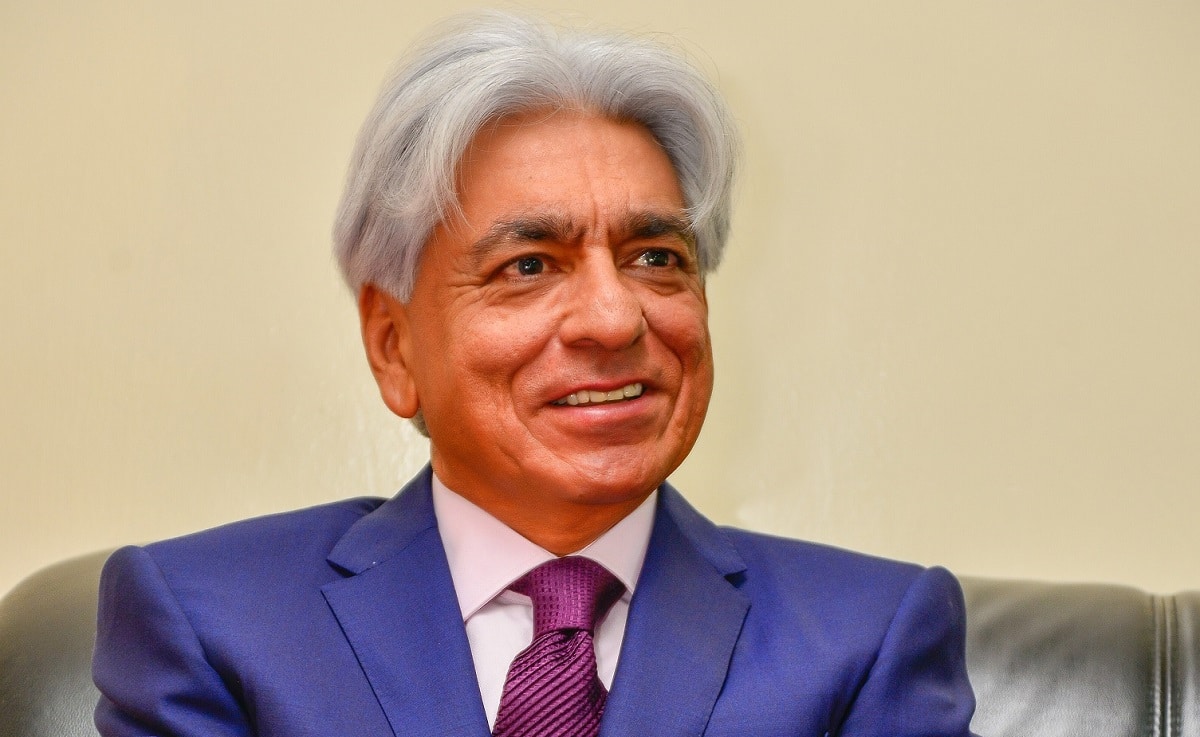This is an overview of challenges faced by managers in modern-day organizations, and how they can be overcome. This write-up suggest some concrete steps to ensure leaders confidently lead and support their teams on their way to achieving great results.
Transitioning to leadership
When transitioning to a leadership role, it can be difficult to know how to interact with your team, particularly if you’ve worked with people before in a non-managerial role. In fact, research has established that two-thirds of managers are at times uncomfortable communicating with their teams. To ensure you have a positive relationship with people on a personal level, while also maintaining your role as manager, there are a few steps you can take:
Meetings
Hold one-on-one meetings with your team members each week. During these meetings, you can, of course, discuss people’s progress, but ensure the conversation flows two ways. As a manager, it’s your job to keep people informed of their progress and position in the organization, but it’s also important to hear things from your team’s perspective.
Use these meetings to ask people how they feel about their roles, current projects or anything else relevant to their work life and ensure people know they can have open, honest conversations with you and raise any issues or concerns alongside discussing what’s gone well.
These meetings don’t have to simply be work-related. If there’s not so much to be discussed on a work level, you can always grab coffee/tea or simply use the time to get to know each other a little better. Sharing a little personal information or anecdotes from outside the workplace can go a long way. It will make all the difference if people feel that you’re available to them and that they can connect with you on both a work and a personal level
If you’re adjusting to being a manager, leading a new team, or simply need to take a step back occasionally, it’s okay to take some time to yourself each week to tackle your own workload. Having a few set hours each week where you switch off your notifications, leave your emails and tackle your own workload alone, without problem solving or answering queries is okay, as long as you communicate things with your team.
Perhaps taking one or two set mornings per week where you work remotely, in a closed office, or simply ask that people don’t disturb you can mean you’re giving yourself space to be able to handle your workload, whilst still supporting your team when they need it.
Over-managing
When setting goals for your team members, give them space to complete their work. If you give someone a week to work on a project, for example, maybe check in on their progress and how things are going at the halfway point. You don’t want it to seem like you’re micro-managing by asking people on a daily basis to update you with their progress; it can come across as if you don’t trust your team to do their jobs. Make it clear that people can come to you if they need assistance or aren’t sure about something, but also ensure they don’t feel like you’re not giving them space to work.
Inadequate guidance
On the other side, it’s also bad practice to leave people without enough support. There’s a fine line between letting people have autonomy over their work and leaving them in the dark. It’s great to check back in with people and make sure they know what they’re working towards; make sure you touch in with all of your team at least once every week to ensure they’re coping with their workload.
It doesn’t have to be anything formal: taking 10 minutes over coffee or tea to check in or even simply asking people informally if they need anything from you is enough.
Guidance shouldn’t just be progress based, though: keeping people aware of how their work contributes to the organization at a higher level is also important. People will be more engaged with their work if they can see it as part of a wider context, and they feel like they’re contributing towards something larger.
Setting team goals is a great way to achieve this: having larger goals that get broken down into individual workloads means people will be more informed about what the work they’re doing accomplishes on a wider level. Research has found that millennials are four and half times more likely to be engaged at work when they are aware of their companies’ wider purpose. Ensuring people have a wider context behind their work is hugely impactful.
Conversation
One way to ensure communication with your team is most effective is to keep things informal and open, when applicable of course. If tough conversations are needed, a formal setting is more appropriate. However, for more day-to-day discussions, it can be great to keep things informal with an open door policy.
Keep the conversation flowing for positive things too. Ensuring your team members know when you’re happy with their work is hugely important. Giving praise is integral to having a successful and happy team who are willing to go the extra mile in their work. Whether using a feedback tool, casual face-to-face recognition of a job well done, or both, ensuring that people know when you’re happy with what they’re doing is more important than most managers appreciate.
Giving people praise in front of others is a great way to start: shining the light on someone in a team meeting for a job well done that week, a deadline met early or just their general attitude they bring to the team can make all the difference between a team of people who don’t feel they’re being noticed, and one that feels appreciated and knows their hard work not only pays off but is recognized. Recognition is consistently found to be a key factor in keeping people engaged.
Cheers for Peers
Some organizations have come up with a strategy of holding weekly ‘cheers for peers’ every Friday where the whole company has the opportunity to submit praise for a co-worker they feel deserves to be recognized during the all-hands that week.
Read >> Using a Job Description as a Game-Changer in Motivating Employees
Leading by example is a great start. Make positive feedback something that’s ingrained into your culture. You can start by holding a meeting with your whole team or organization where you introduce this concept and give an example of positive praise that could be shared during these moments for each person: that way, people are both ready to engage with the initiative and have received personalized praise from you that’s relevant to their work, making them feel more appreciated and valued from the on-set.
Ascending feedback
Receiving positive feedback and praise is great, but what’s equally important is how you respond to constructive feedback in the quest for effective leadership. The first step in using upward feedback to develop as a manager is simply about how you receive it. Acting on such feedback in the right way makes all the difference: it shows your team you value their input and are ready to make changes to become the best manager possible for them.
In The Loop
Keep your team in the loop after they give you feedback. If you’re changing how you do things based on the feedback received, it’s great to communicate this clearly. For example, if multiple items of feedback suggest you should improve how you run team meetings, once you establish a new format, you should let your team know that based on their feedback, you’ve changed the way things run.
Not only will they appreciate that you’ve taken their feedback and acted on it, keeping them informed about the changes made and asking for further feedback once things have been implemented shows a real commitment and will also reassure people that their input will be well received, encouraging them to continue to be open and provide useful contributions in the future.
Transparency
Many employees value transparency and candidness over old-school practices where management are the only ones in the know of what’s happening in the organization on a wider level. Holding company-wide meetings is a great start. With smaller organizations, it’s easier to keep these more regular, perhaps simply giving a quick weekly brief outlining where the company currently is in terms of investors, product development or new clients so that everyone is on the same page and sees the impact their work has.
With larger organizations, where it can be difficult to get everyone together, monthly meetings can also be impactful: people will appreciate regular updates regarding the impact they’re having on a larger scale, and be more engaged in their work.

Transparency can also be optimized in terms of other company practices. If its right for your organization, consider making additional company information such as salaries and results of engagement or satisfaction surveys available to reassure people things are both open and fair across the company. If you decide to take this step though, ensure you share information with enough context or explanation so it’s understandable and useful to people: too much technical or numerical information with a lack of context can seem more confusing and less impactful than not sharing any information at all.
A Way Out of Darkness
Six problems undermine leadership learning and development initiatives, and these problems flow from deeply held convictions reinforced by so-called best practices.
The Evaluation Problem
It is a dirty little secret that effective leadership development programs are rarely evaluated in a meaningful way. They are typically evaluated by asking participants how much they liked or benefited from it, or by using metrics such as how many directors received 360 feedback, how many managers watched an e-learning module and so on. But the real question is whether programs produce positive changes in behaviour and financial results.
Learning leaders normally use evaluations to justify Return On Investment, but evaluations also can be used to improve programs. Without formal evaluation, many programs will use questionable methods, and no industry is more susceptible to fads than leadership development.
See >> Why Older Guys Keep Getting the Good Jobs
The Definition Problem
Evaluation requires specifying desired outcomes, and this requires defining leadership correctly. Unfortunately, leadership is most often defined by a position — Mr,Tumbo Kubwa is the leader of Kula Yote Company., or the Deputy Governor of Mambo Yote is the leader of that group. This confuses status in organizations with leadership, and many senior managers are better at promoting their careers than they are at leading.
Competency models also can be used to define leadership. But competency models are idiosyncratic lists of skills and abilities composed by asking senior managers what is needed to lead in particular jobs. Because few senior managers are good leaders, asking them about effective leadership is like asking a doctor for investment advice. He or she probably has an opinion, but it may not be a good one.
Building Blocks
Teams are the building blocks of organizations. The essence of leadership is persuading individuals to work together to achieve a common goal. Thus, many believe leadership should be defined as the ability to build and guide teams that outperform the competition. Leadership development programs should be constructed from this perspective and should be evaluated in terms of whether they help leaders build high-performing teams.
People Problem
Many of the people who attend leadership development programs are drawn to high-status and high-paying leadership positions, but they have little talent for leading a team. These people fall into three broad types: savvy politicians who can play the game; technically competent individual contributors; and ambitious people who are also arrogant, defensive, incapable of self-reflection, and not open to learning and growing. As a result, many people who attend leadership development programs lack the motivation and interest to do the hard work and learn how to lead a high-performing team.
The Road Ahead
TO achieve effective leadership, organizations need to re-think who they send to leadership development programs. They should focus on identifying individuals with people skills who are also team-oriented, results-driven and curious learners. It would also help to screen out self-promoters, satisfied technical experts and those unable to change.













Leave a comment